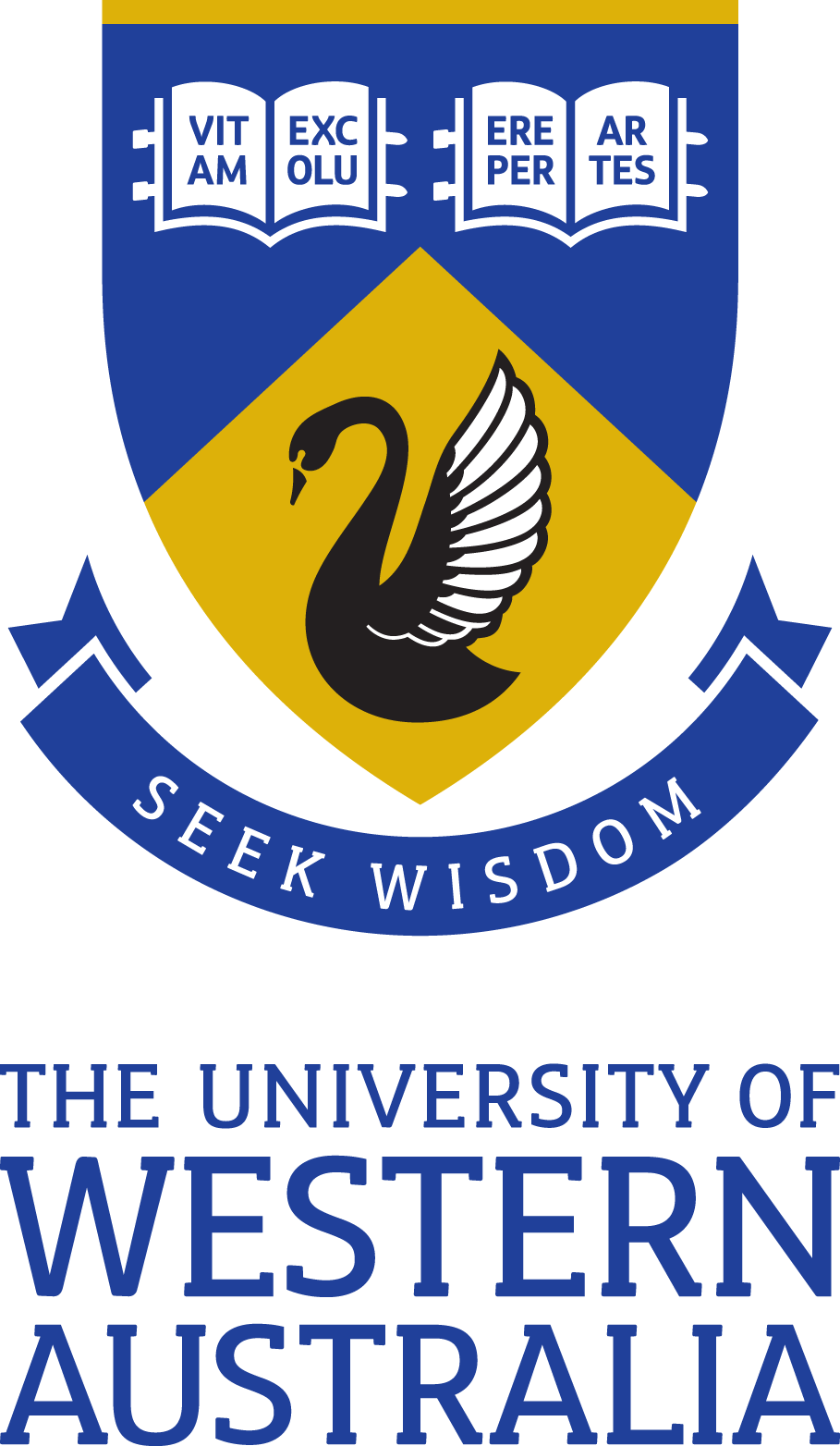Full description
Assisted colonisation, the introduction of species beyond their historical range, is increasingly necessary for conserving species. However, empirical evidence of the long-term genetic outcomes of assisted colonisation is grossly lacking. A risk associated with moving species beyond their native range is the possibility of interspecific hybridisation with a closely related species, potentially resulting in outbreeding depression or the genetic swamping of a parental species. Here, we use a combination of genome-wide Single Nucleotide Polymorphism (SNP) markers and mitochondrial DNA sequencing to determine the long-term genetic consequences of introducing the intertidal periwinkle Bembicium vittatum (a direct developer) beyond its native range and into the native range of its congener Bembicium auratum (a species with planktotrophic larval dispersal). We found novel evidence of natural, multigenerational hybridisation between marine invertebrates with different modes of development. Intriguingly, introgression was highly asymmetrical initially, but became more evenly bidirectional as the population became more admixed. There was a significant decline in the frequency of alleles from the introduced B. vittatum over time, providing evidence of genetic swamping. The present study also provides potential evidence of outbreeding depression, in the form of cytonuclear incompatibilities, leading to the observed pattern of asymmetrical introgression. This study reveals the potential for unexpected mixing between species when reproductive barriers are not well understood, resulting in failure of pure B. vittatum to persist at the translocation site, a major concern associated with assisted colonisation. Without long-term genetic monitoring interspecific hybridisation between B. vittatum and B. auratum would have gone undetected, highlighting the importance of long-term monitoring to detect unintentional negative consequences of conservation translocations. Successful assisted colonisation requires an understanding of the potential for interspecific hybridisation between the threatened species and closely related native species, to reduce the risk of adverse outcomes.Notes
Associated PersonsDeanne Cummins (Creator)
Issued: 2024-05-02
Subjects
User Contributed Tags
Login to tag this record with meaningful keywords to make it easier to discover
Identifiers
- DOI : 10.5061/DRYAD.G4F4QRFZ4

- global : 3d1c6d4f-0e62-4903-9627-457ca57edc52


